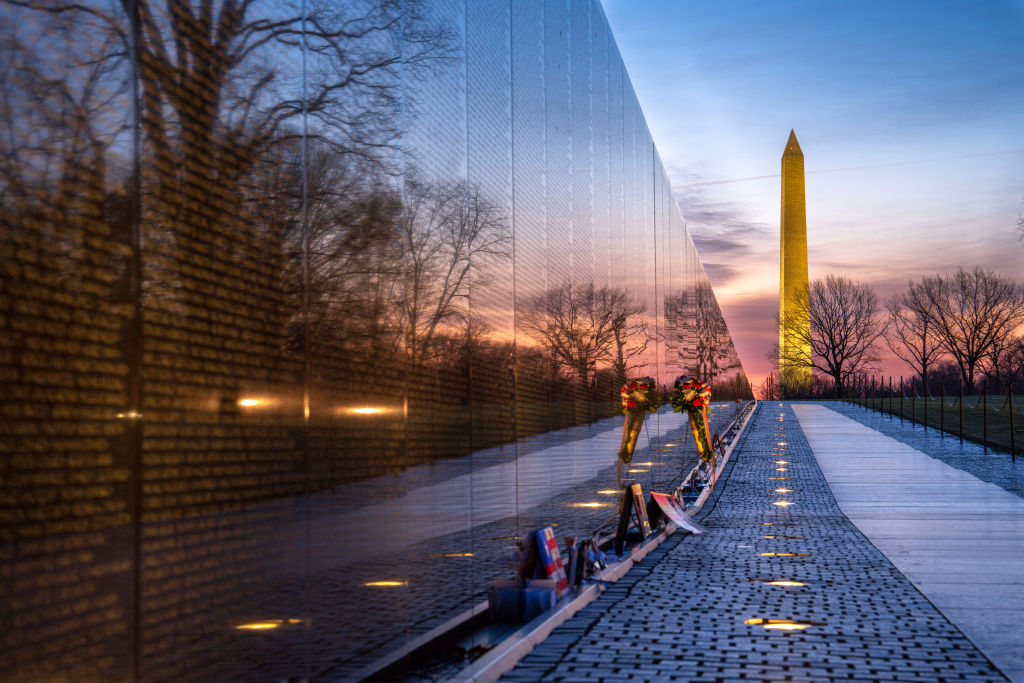This article is adapted from the most recent Pocket Washington, DC guidebook written by Karla Zimmerman.
Folks often call Washington, DC’s National Mall “America’s Front Yard.” It is indeed a lawn, unfurling 2 miles of scrubby green grass from the Capitol west to the Lincoln Memorial. It’s also where citizens come to protest their government and connect with the nation’s most-cherished ideals writ large in monuments and museums. Iconic monuments dot the grounds to the west, hulking Smithsonian museums to the east, and at the northern edge, the White House.
Exploring each of the Mall’s museums, monuments and memorials would take days, and museum fatigue will hit quickly if you try to do too much. This is a hit parade of DC’s most celebrated sights. Start early, especially in summer, to avoid the crowds and the heat.
How to get to and around the National Mall
Take the Metro to Smithsonian (Orange, Silver and Blue Lines) and L’Enfant Plaza (Orange, Silver, Blue, Green and Yellow Lines) for most sights. Get off at Foggy Bottom-GWU (Orange, Silver, Blue Lines) for the Lincoln and Vietnam Memorials – though they’re about a mile from the station.
Most visitors choose to walk between stops. The DC Circulator National Mall bus leaves Union Station and travels around the Mall and Tidal Basin, stopping at the main sights.
Where to eat on the National Mall
The Mall is lacking in eating and drinking choices. The best option is to head to the cafes in the National Museum of African American History & Culture, National Museum of the American Indian or the National Gallery of Art Sculpture Garden at the start of the lunch period to score a table and have first dibs at the dishes in the bains-marie.
The route
Start: Vietnam Veterans Memorial
Finish: White House
Distance: 4 miles, 1.5 hours without stops
Now that you have your bearings, let’s begin our walking tour of the Mall’s top sites. This is a packed itinerary, so if you want to linger longer at each stop, split it up over a couple of days.
1. Vietnam Veterans Memorial
The Vietnam Veterans Memorial reflects a roll call of the war’s 53,000-plus American casualties. The wall lists soldiers’ names chronologically according to the date they died (and alphabetically within each day). Check the symbol beside each name. A diamond indicates “killed, body recovered;” a plus sign…
Click Here to Read the Full Original Article at Stories – Lonely Planet…
